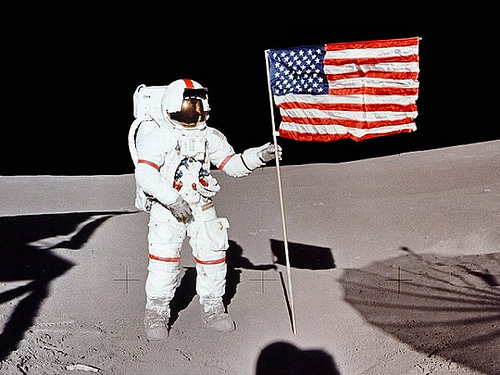Thomas Fuller, known as the Virginia Calculator, was stolen from his native Africa at the age of fourteen and sold to a planter. When he was about seventy years old, two gentlemen, natives of Pennsylvania, viz., William Hartshorne and Samuel Coates, men of probity and respectable characters, having heard, in travelling through the neighborhood in which the slave lived, of his extraordinary powers in arithmetic, sent for him and had their curiosity sufficiently gratified by the answers which he gave to the following questions: First, upon being asked how many seconds there were in a year and a half, he answered in about two minutes, 47,304,000. Second: On being asked how many seconds a man has lived who is 70 years, 17 days and 12 hours old, he answered in a minute and a half 2,210,500,800. One of the gentlemen who employed himself with his pen in making these calculations told him he was wrong, and the sum was not so great as he had said — upon which the old man hastily replied: stop, master, you forget the leap year. On adding the amount of the seconds of the leap years the amount of the whole in both their sums agreed exactly.
— E.W. Scripture, “Arithmetical Prodigies,” American Journal of Psychology, 1891








